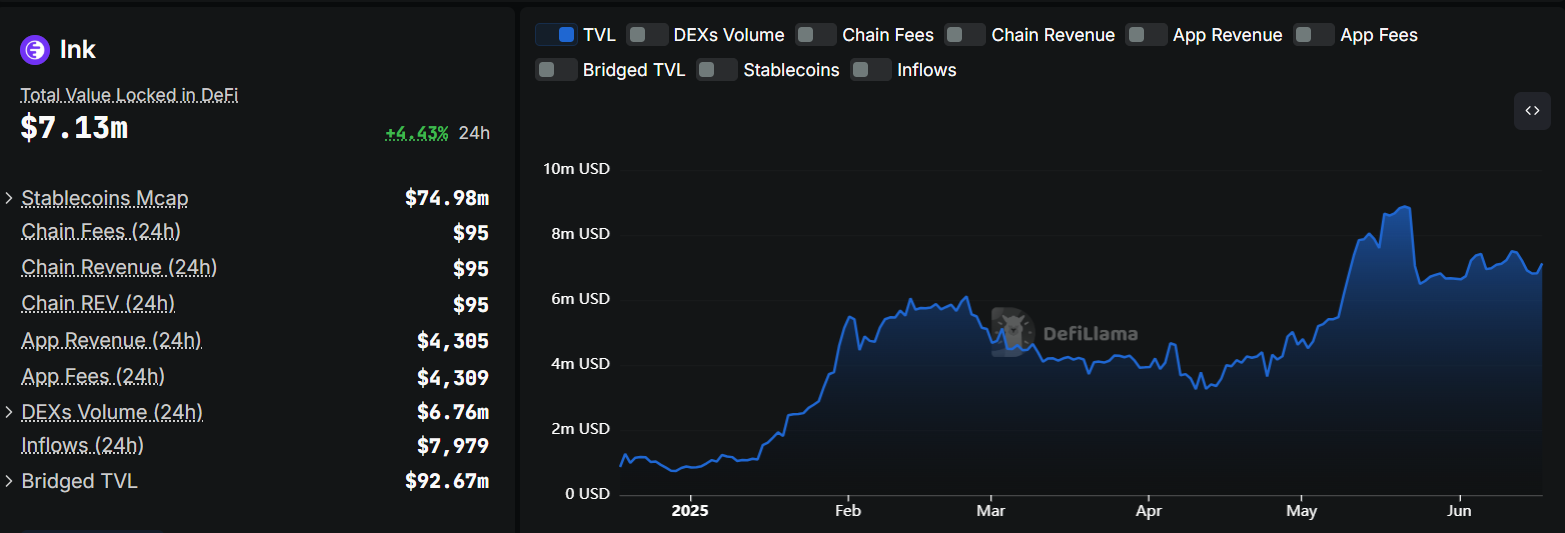The Ink Foundation, the nonprofit behind layer 2 Ink, is launching its native token INK in an attempt to bootstrap onchain capital markets through a liquidity-first strategy.
The token will debut on a decentralized finance (DeFi) lending and trading protocol built on Aave, and distribution will begin via an airdrop to early users.
There will be no governance gimmicks or fluctuating emissions schedules, the foundation said. INK has a hard cap of 1 billion tokens minted, with no recourse to change the supply via governance proposals.
And unlike other Superchain members, Ink says its layer 2 governance will remain separate from the token. (A Superchain is a group of layer-2 networks built using the same software, allowing them to share security, upgrades, and tools. Think of it as different cities on the same highway system.)
The first utility is a liquidity protocol native to the Ink chain, designed as a core DeFi primitive for lending and capital deployment.
Participants in the protocol will be eligible for INK airdrops, with further specifics still to come. Distribution will be handled by a subsidiary of the foundation, which claims to have methods to curb airdrop farming.
However, INK enters a crowded market where most new tokens, even those with venture backing and protocol traction, tend to trend downward after launch.
Linea, Blast, Celestia, Berachain, and other high-profile projects, all launched L2 tokens in 2024–25 with major fanfare — only to face sustained sell pressure. Many critics now see token launches less as aligned economic tools and more as delayed exit liquidity events.
INK will debut in a cycle where most tokens are in decline, retail attention is light, and capital rotation is highly selective.
Ink’s DeFi stack holds just over $7 million in total value locked, with only $93 in L2 revenue reported over the past 24 hours, according to DefiLlama data, indicating that real usage remains relatively thin.

Still, by anchoring its token to a functioning product on day one — via Aave governance and integration — Ink is at least attempting to buck the trend of poor launches.
Read more: Kraken Unveils White-Glove Prime Brokerage Service for Crypto Institutions

